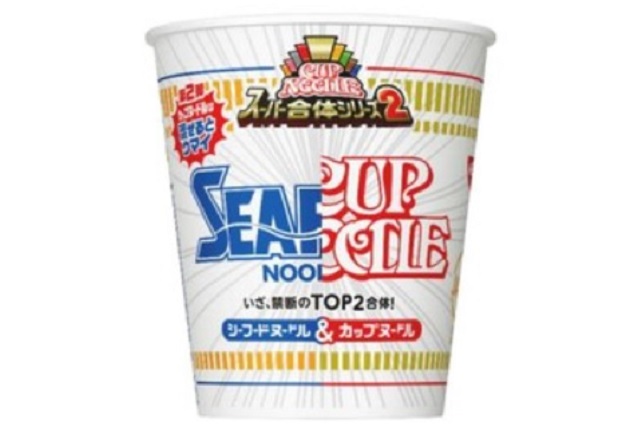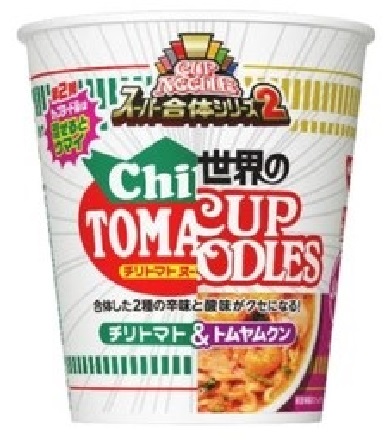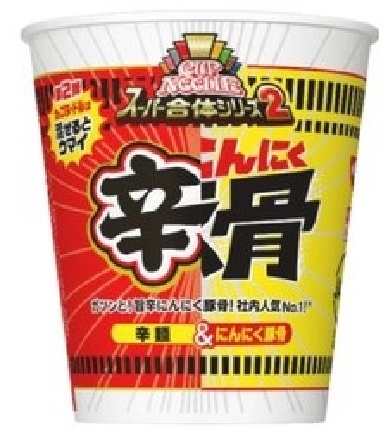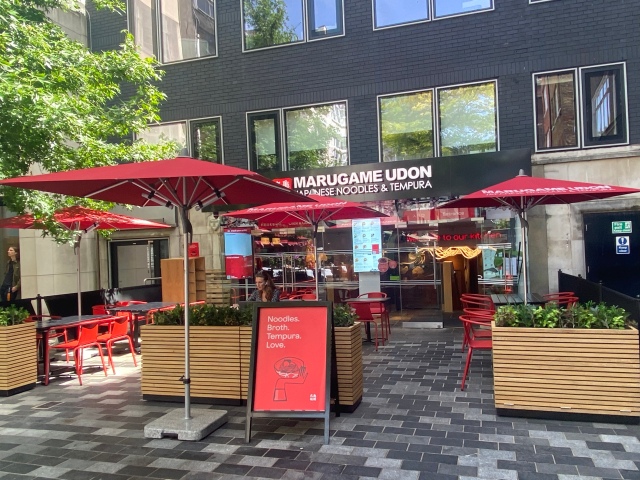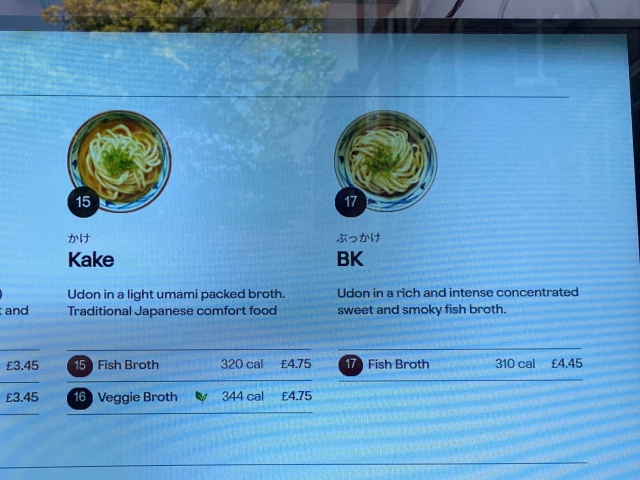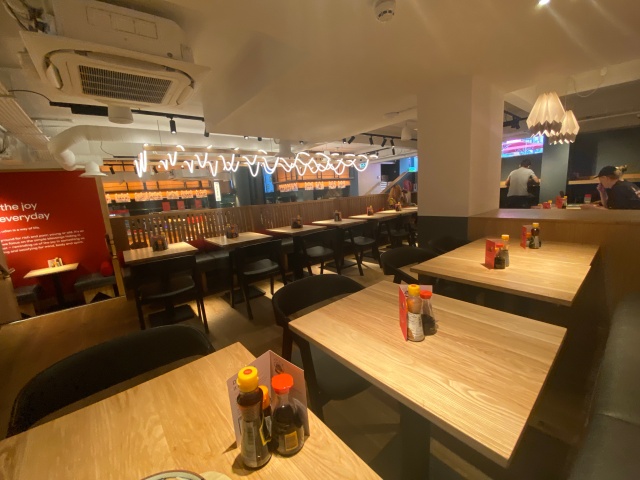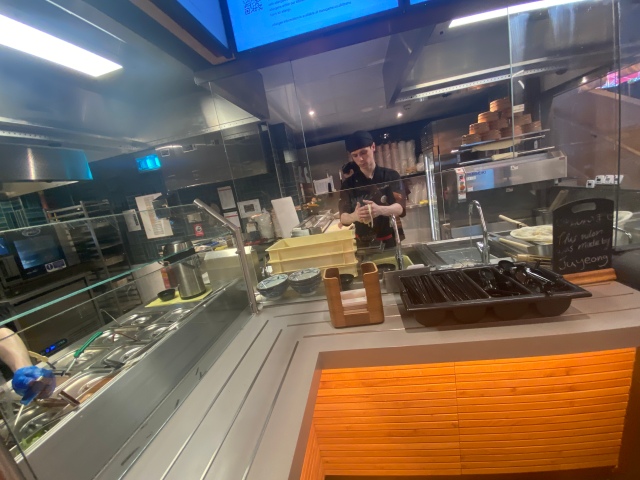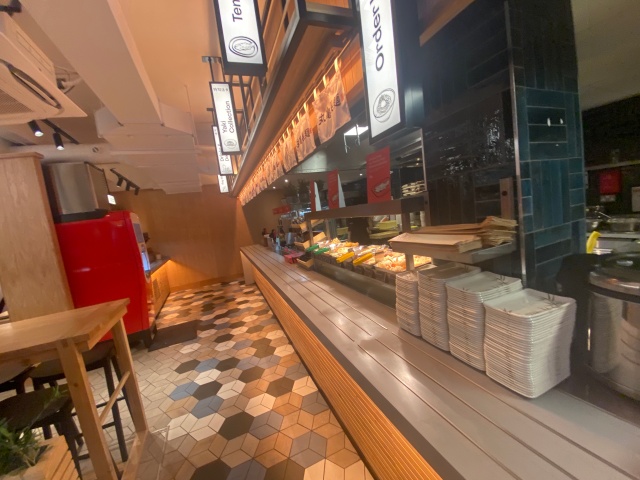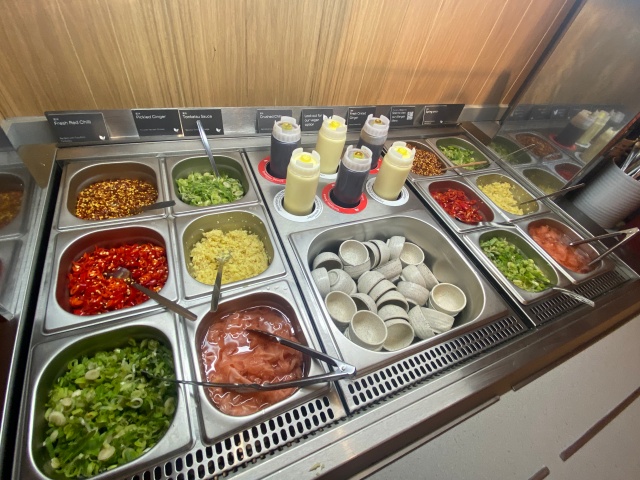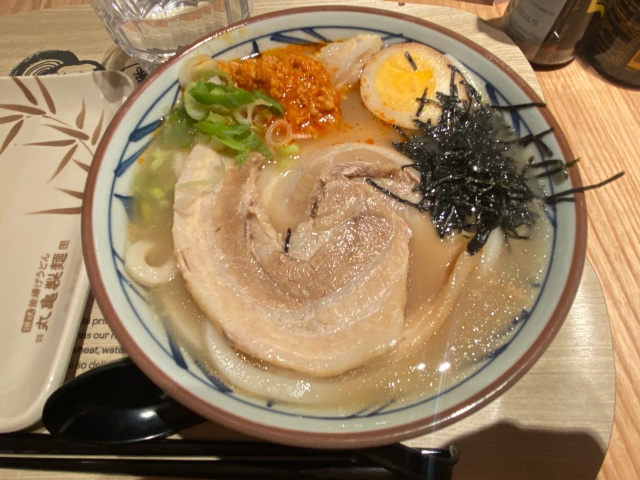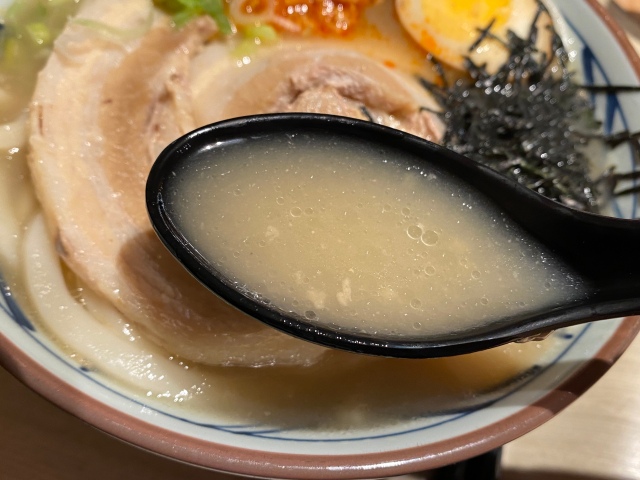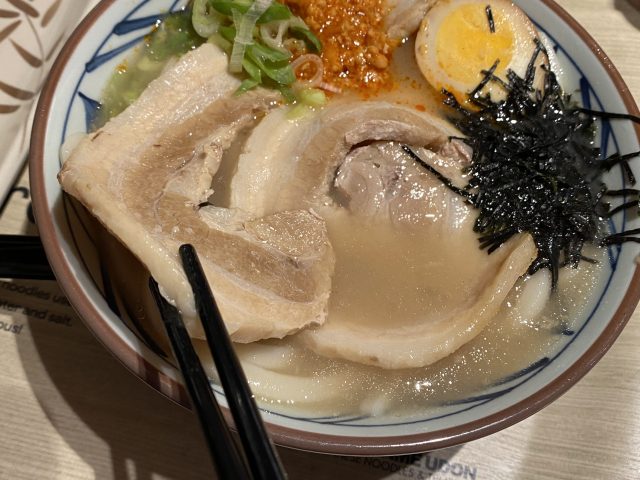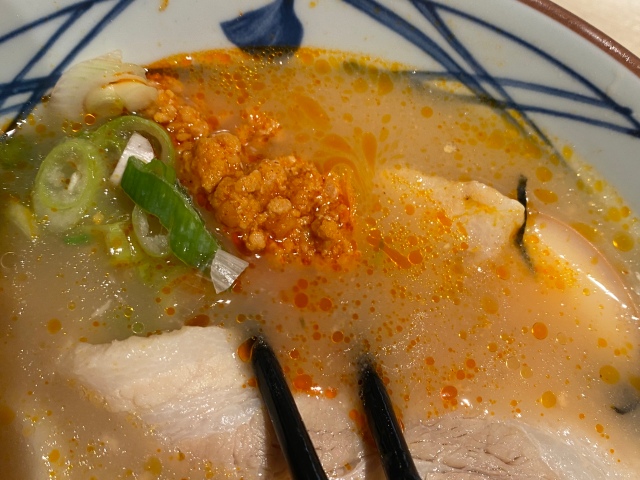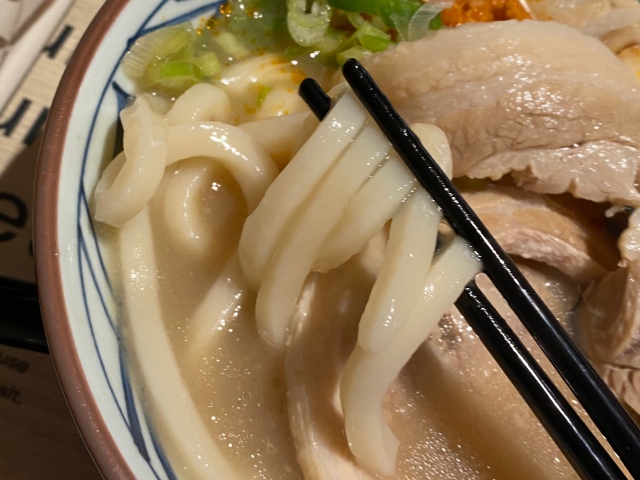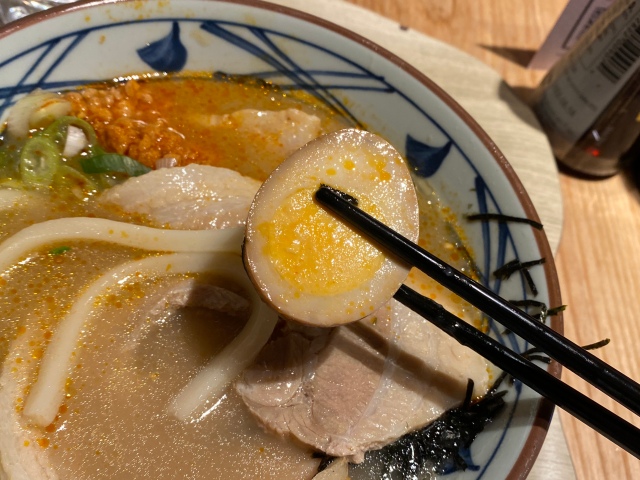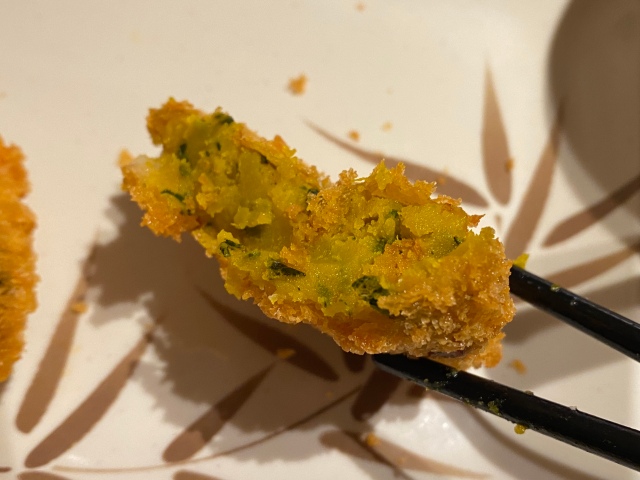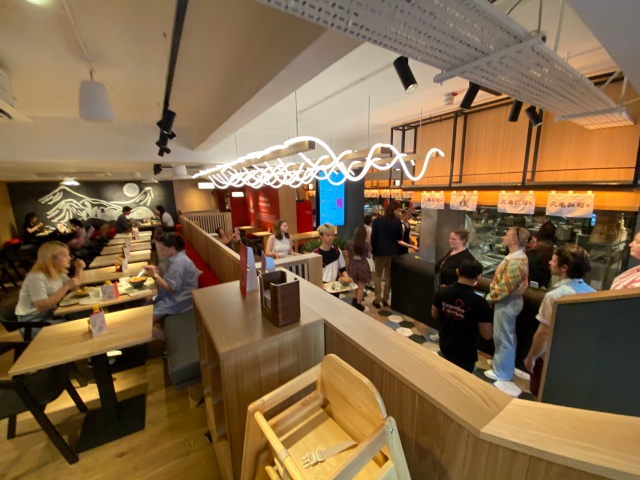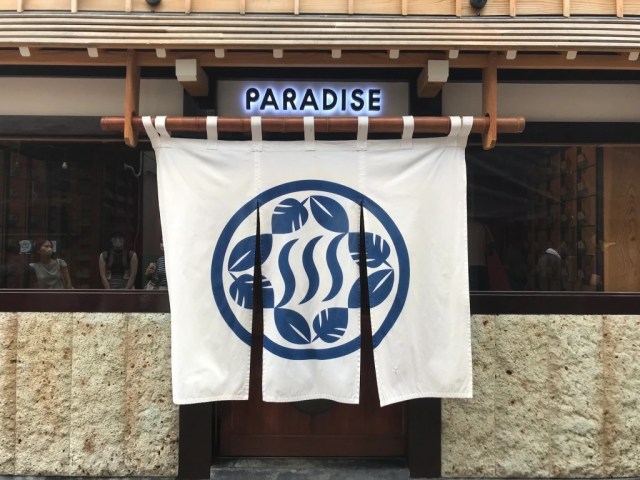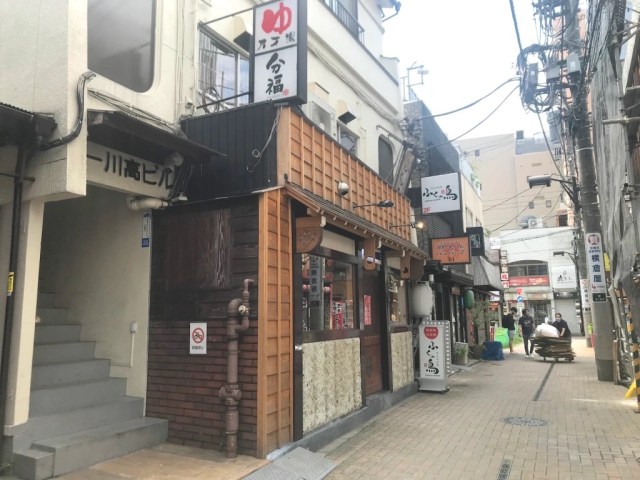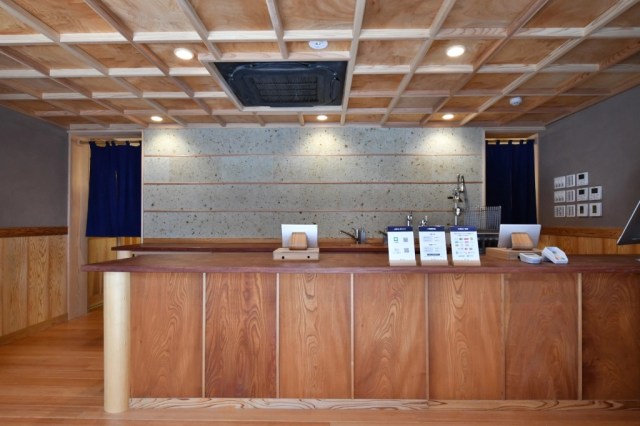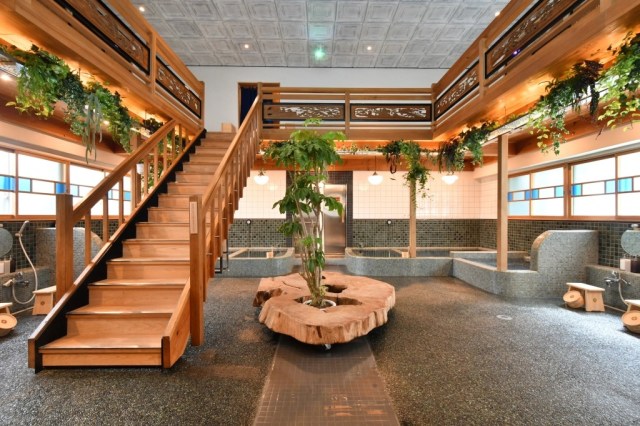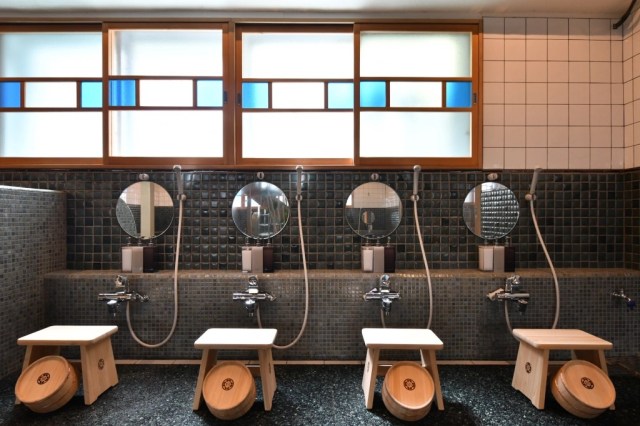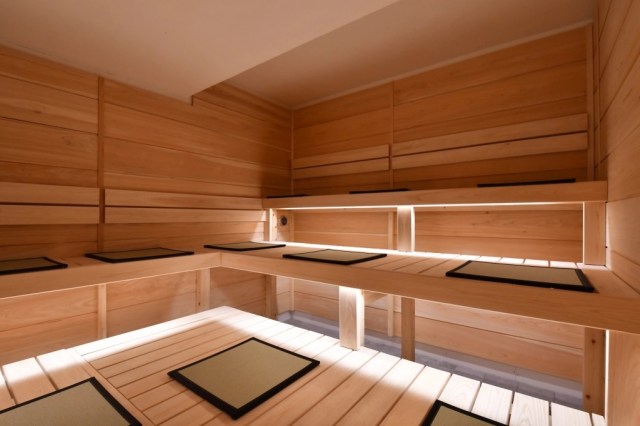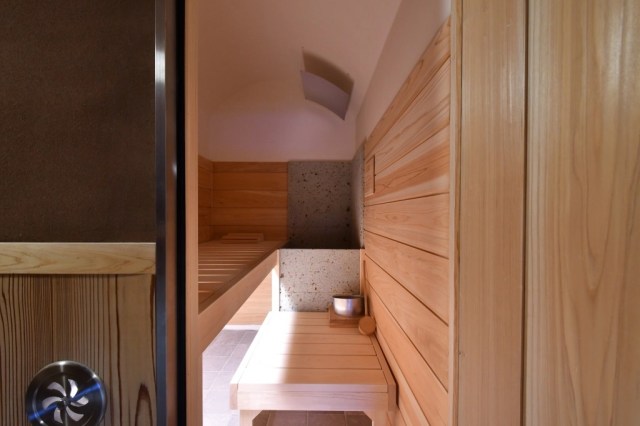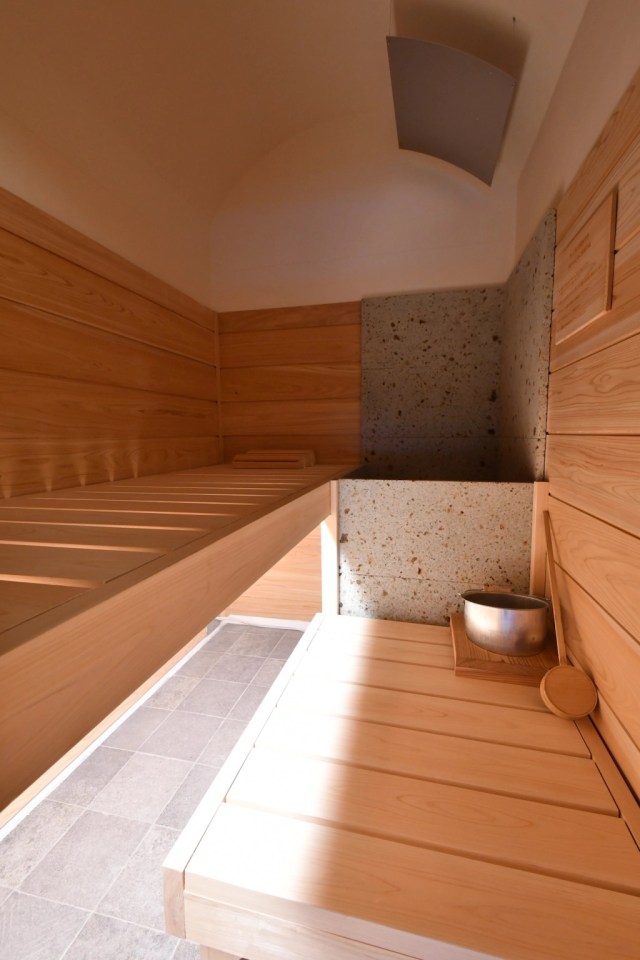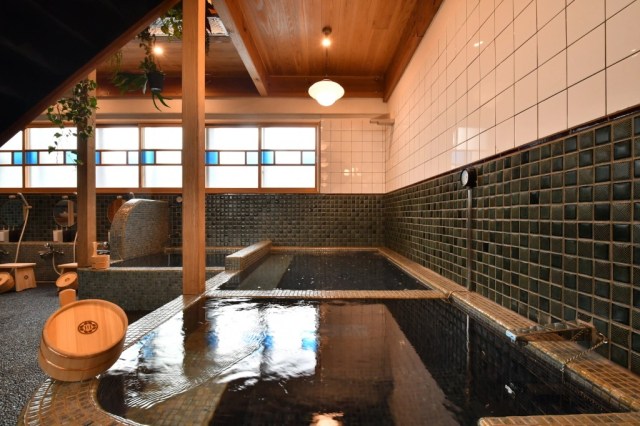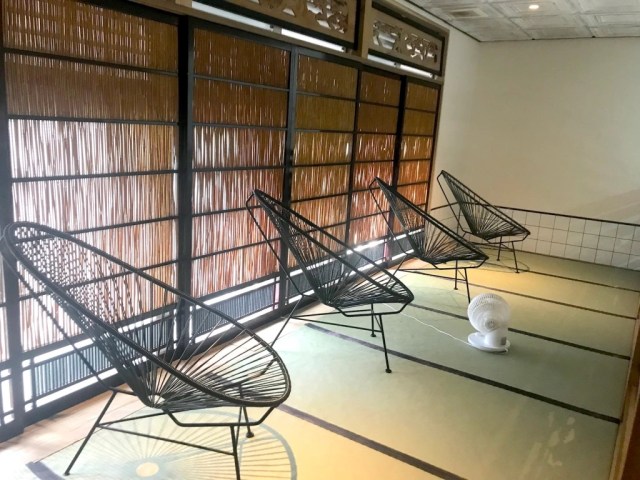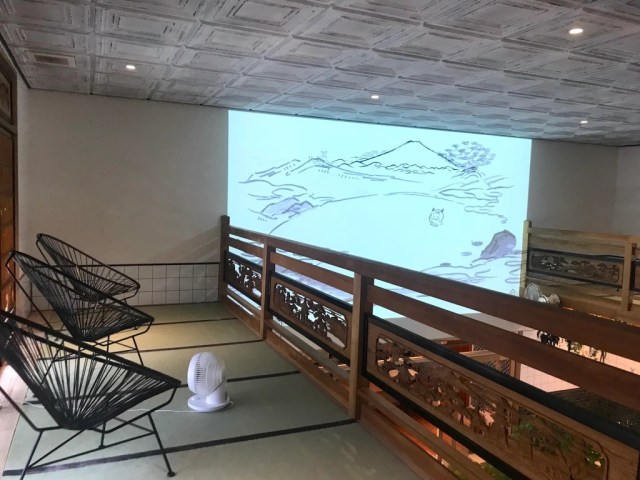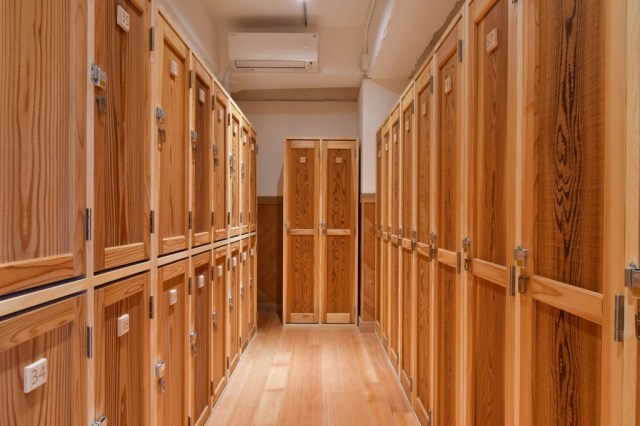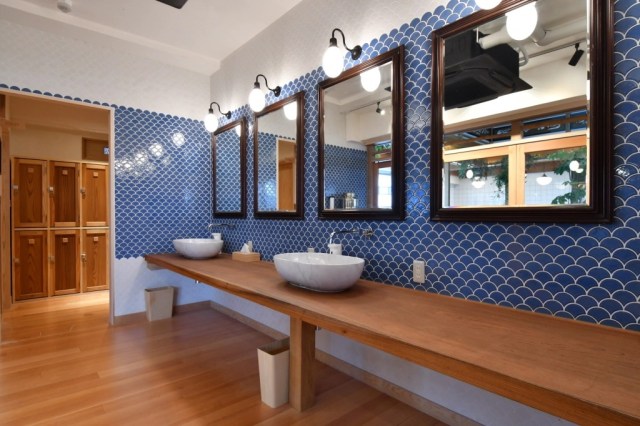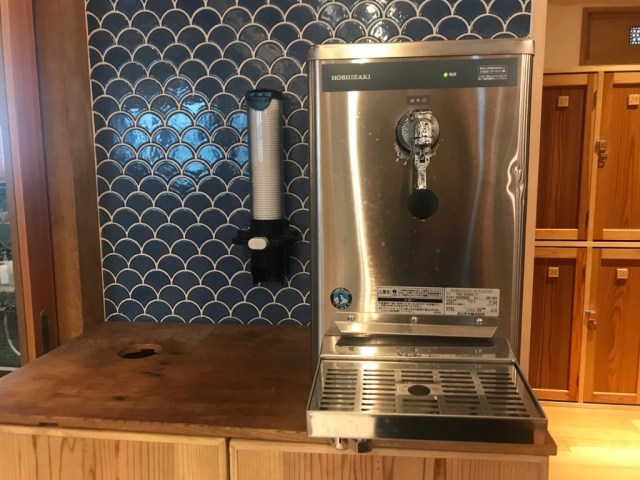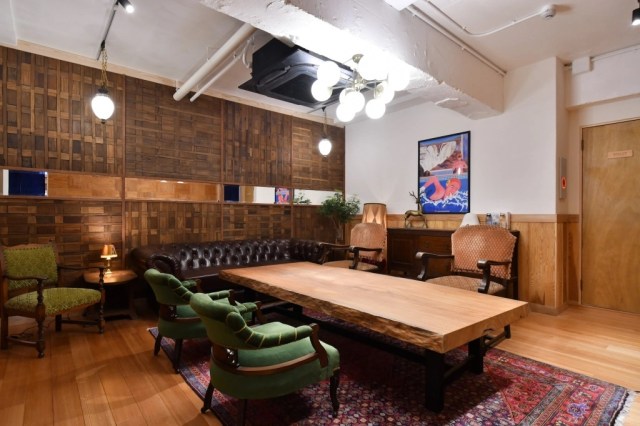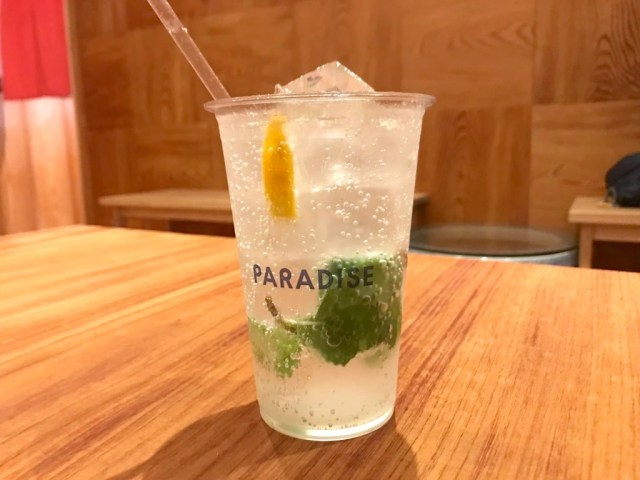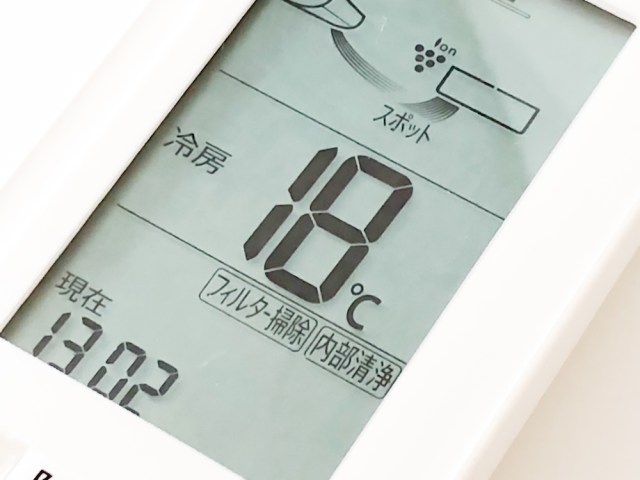
The reptile house is no place for monkey business.
Last year a giant python escaped from its owner and had a neighborhood in Yokohama on edge for about half a month. It wasn’t until Tsuyoshi Shirawa, the director of Shizuoka’s iZoo, used his keen sense of the reptile mind to quickly locate the animal in the ceiling above its owner’s apartment.
▼ Shirawa’s self-assured thumbs-up to media after finding the snake easily made him the coolest zookeeper in Japan.
なにこのかっこいい絵面 pic.twitter.com/mDituEHf3S
— 長いおり投稿数ゼロTuber (@IoryHamon) May 22, 2021
When he’s not out solving animal mysteries, Shirawa runs a unique kind of zoo in iZoo (pronounced “ee-zoo“). With a focus on reptiles and amphibians, iZoo is often described as an “experimental zoo” that lets guests get very up-close and personal with the animals.
This requires a very strong knowledge of the animals in order to gauge the risk posed both by and to reptiles such as alligators, venomous snakes, and chameleons. Shirawa’s guidance has helped iZoo pull this off for years without incident. But despite all his experience with cold-blooded creatures, there’s one animal that Shirawa has struggled with: humans.
On 24 August, an exasperated Shirawa posted the following tweet:
▼ “There have been repeated incidents of visitors taking the liberty of lowering the air conditioner of the iZoo exhibition hall to its minimum temperature of 18 degrees Celsius (64 degrees Fahrenheit). We’ve tried countermeasures like patrols and warnings, but it hasn’t stopped. The air conditioner is for all living things, not just people. The normal temperature is 28 degrees Celsius (82 degrees Fahrenheit). I know it’s hot, but please don’t touch the equipment.”
iZooの展示館のエアコンをお客さんが勝手に操作して最低温度の18℃にされる事態が頻発しています。
— 白輪剛史 (@shirawatsuyoshi) August 24, 2022
見回り巡回、注意喚起などの対策をしましたが止まりません。
生き物のための空調で人のためだけではありません。
普段の設定温度は28℃です。
暑いのはわかりますがお願いですから機器に触らないで。
The tweet went viral and generated a large number of replies. Many expressed their surprise that people would be so bold as to adjust the air conditioner of a private business. Others, however, felt that Shirawa and iZoo’s lax atmosphere shared some of the blame.
“The number of unbelievably irrational people seems to be increasing each year. If you can’t take the heat, don’t go to places where animals from hot climates live.”
“You can’t trust your guests so much, or one day you’ll be forced to stop making the zoo so open.”
“I’m sure some people actually think they are helping the cold-blooded animals by turning down the temperature.”
“28 degrees isn’t even that hot.”
“People always do unexpected things, but I think it’s the management’s responsibility to eliminate the chances of that as much as possible.”
“I also work at a breeding facility and the air conditioner is covered so even staff can’t mess with it. If there is a switch, there will always be someone to touch it.”
“Please provide images of how this air conditioner is set up and how guests can touch it.”
In response to the feedback, Shirawa posted a picture of the control panel, which is behind a closed door that is taped shut…or “was taped shut” rather, as someone had clearly peeled away the tape so they could change the temperature.
▼ “I’m sorry about all the trouble with the air conditioner. We put tape to stop people from opening it, but they peeled it off to cool down. I understand that many people think iZoo is too lenient. I suppose you could say that, couldn’t you… This is seen as something you can touch.”
エアコンの件でお騒がせしてすみません。
— 白輪剛史 (@shirawatsuyoshi) August 24, 2022
テープで止めた位では、剥がして涼む方がかなりいる実情を知って頂きたかっただけです。
iZooの対応が甘いと言われる方が多いのも理解しました。
そういうものなんですね。。
触られるものとして対応します。 pic.twitter.com/pJQcbs17rj
Shirawa seemed to have taken a lot of the criticism to heart. Even more than a problem of people screwing around with a thermostat, iZoo functions on a certain level of faith in its visitors by allowing them to get very close to the animals. If guests can’t be trusted with a control panel, can they really be trusted with a Galapagos giant tortoise?
The following day, Shirawa once again tweeted a picture of the air conditioner control panel. However, this time it was secured by a padlock and a sign was posted informing everyone that the temperature is set to ensure the health of the animals and that lowering could make them sick.
▼ “I put a lock and sign on the air conditioner that has been causing all this fuss. Breaking this is damage to equipment, so I hope no one tries to open it. Originally it was installed in view of a surveillance camera so everything is recorded. I didn’t want to go this far but I did it because the honor system doesn’t apply to equipment.”
お騒がせしているエアコンには、張り紙と鍵をつけました。
— 白輪剛史 (@shirawatsuyoshi) August 25, 2022
これを壊したら器物損壊ですので開けられることはないと願います。
元々、エアコン設置場所は監視カメラの撮影範囲内なので全て録画はされています。
ここまでしたくなかったのですが、性善説は施設には通用しないとのことで対応しました。 pic.twitter.com/WWsI0DJkMy
In a subsequent interview with J-Cast News, Shirawa explained the situation in more detail, explaining that it was an issue that’s been going on for years. This hotter than usual summer, however, had exacerbated the problem to the point that it’s been happening several times a day. Luckily, this has not had any adverse effects on the animals because staff have been quickly catching and fixing temperature changes in the facility.
It’s likely that same care and diligence by staff has allowed iZoo to continue operating in its own special way. Hopefully they can continue to do so too, because there’s nothing I’d like more than to feed a big old piece of lettuce to one of those huge tortoises someday.
Sources: Twitter/@shirawatsuyoshi, J-Cast News
Top image: ©SoraNews24
● Want to hear about SoraNews24’s latest articles as soon as they’re published? Follow us on Facebook and Twitter!

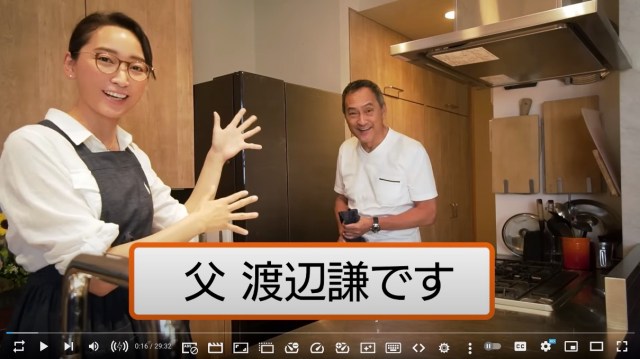
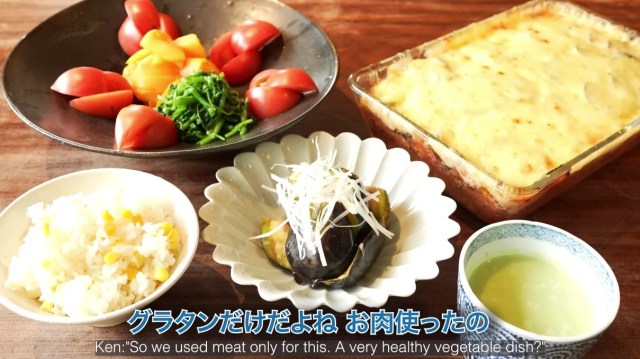
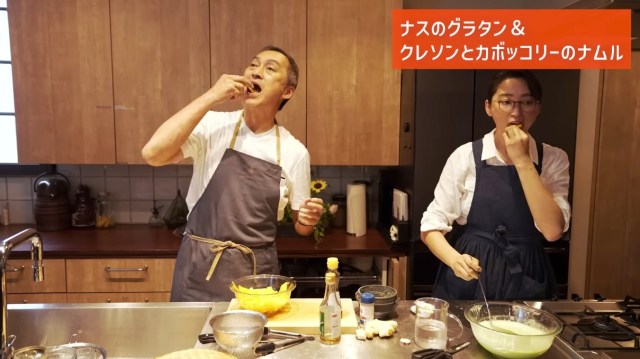
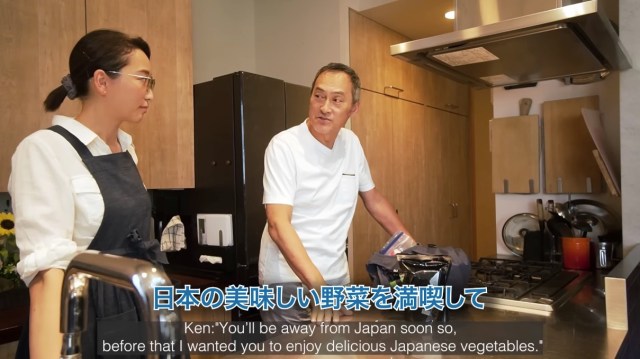
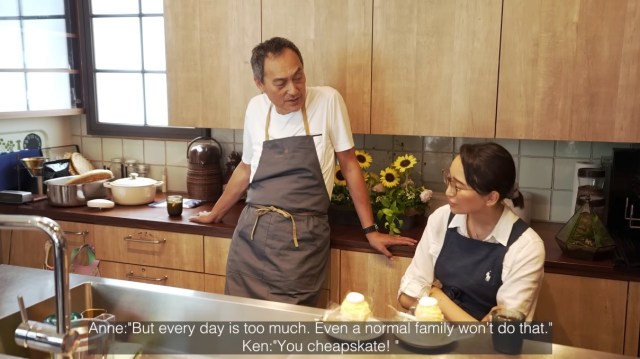
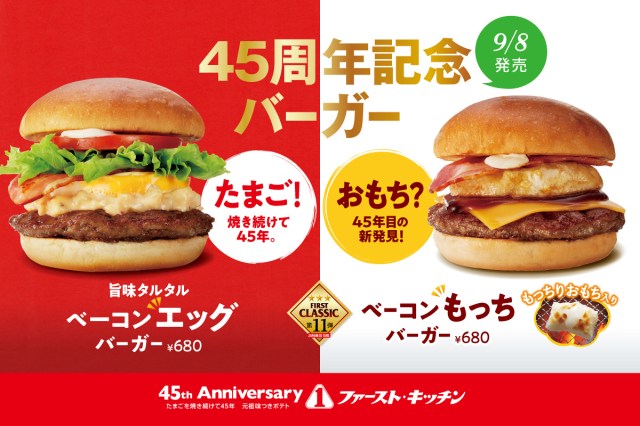




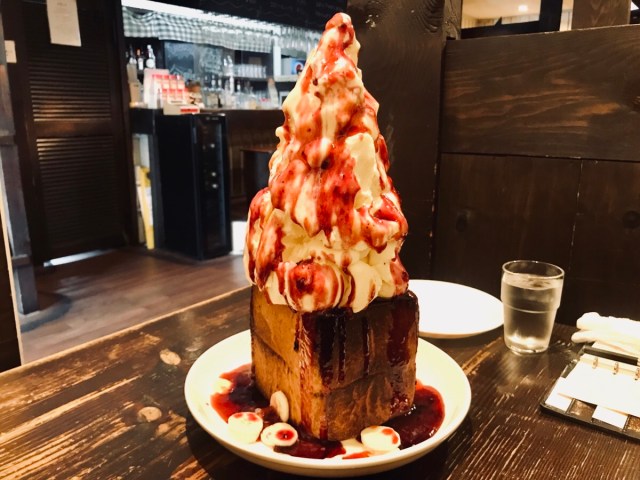

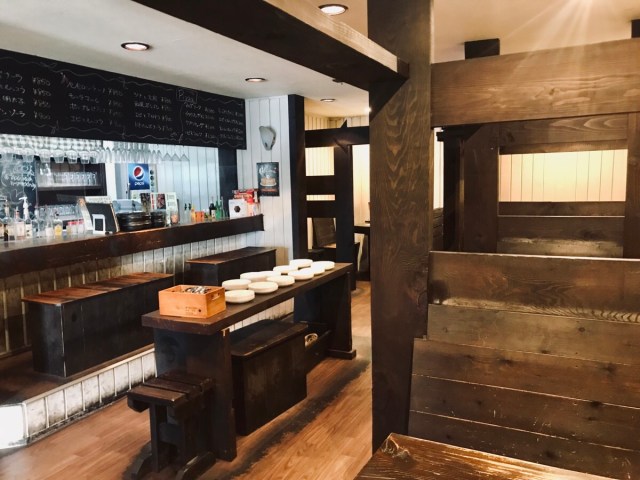
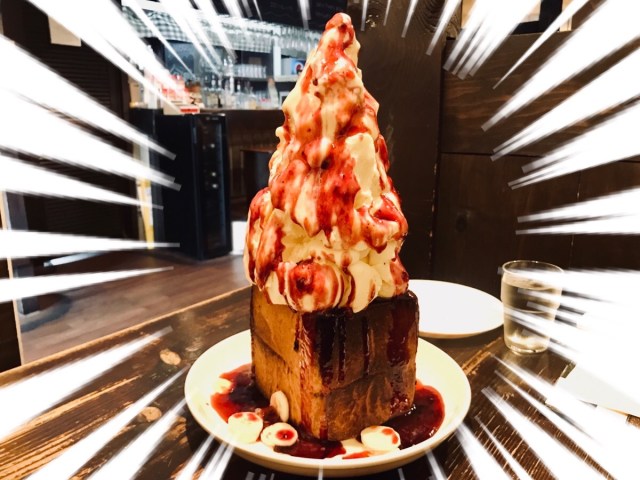


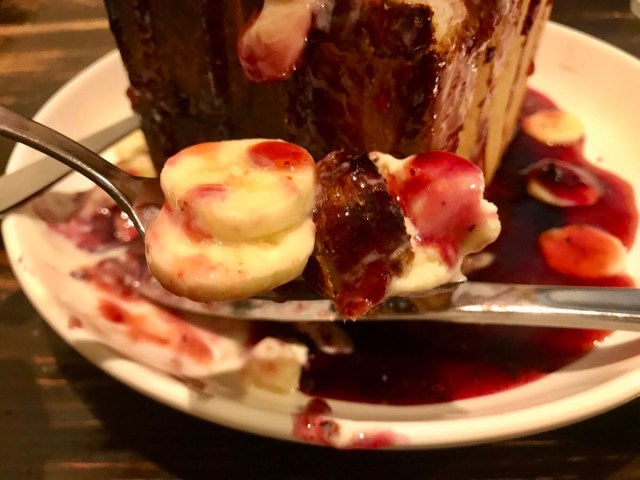



 経済効果6億円
経済効果6億円 
